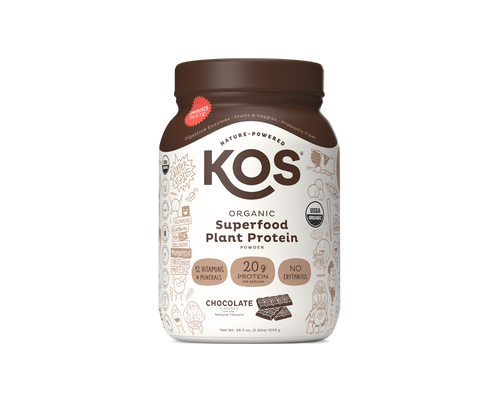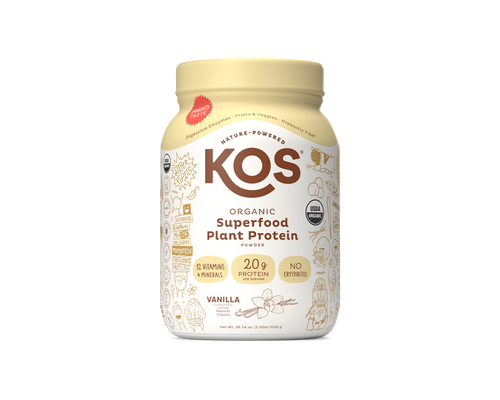Table of Contents
![]()
A landfill is a magical place. Now...watch this. I shall placidly scrape my dinner plate's remainder into our decorative teal Rubbermaid™ 13-gallon kitchen trash can, humming a happy tune.
I know that—through the vagaries of civic trash collection, and the good people who manage the enormous hole in the ground on the outskirts of our fair city—my undesirable leftovers are going to a better place.

A landfill does not have the inviting vibe of a shade-dappled city park or sun-soaked beach. A landfill is not a good visual subject for a "Wish You Were Here" vacation postcard.
But it does have its own majesty. A landfill is a place where Nature easily mulches everything, from desk chairs to half-eaten hot dogs—usefully dissolving an incredible array of discarded materials back into Mother Earth.
Since desk chairs, hot dogs, and everything else we possess comes from Mother Earth, more or less, she'll have no trouble composting and repurposing our wild array of refuse.
All this flawless decomposition takes place, of course, amid a flutter of snowy white Landfill Doves, the air gently alive with the delicate notes of a hidden Steinway concert grand.
Yes, naiveté is a heady cocktail. Landfill naiveté even more so.
Wet Trash Capital
The U.S. throws more food away than any other country in the world; 35 million tons a year. Let's say that again. C’mon ... put the sandwich down and look carefully at this number. 35. Million. TONS.

This is ~ 30 - 40% of the U.S.’ entire food supply. If it sounds insane, it is.
But the kvetching doesn’t stop there. How’s about this fact?
Of all the stuff that ends up in a municipal landfill, food takes up the most space. In the U.S., discarded food takes up 22% of municipal solid waste.
The question of how a country can inadvertently toss so much food — that is a subject for another day. The sheer volume of the food being thrown out, the environmental effect of huge quantities of FOOD being churned into our landfills, is an eye opener.
Globally, food waste represents around 8 percent of human-produced greenhouse gas emissions. Food biodegrades in a way that plastic does not. But that’s where the good news ends.
Methane Madness
When the food we’ve scraped into the trash bin through the week gets hauled to our trusty municipal landfill, what happens to it? Many states, having long since recognized the problem, are developing enlightened programs that combine citizen awareness, large-scale composting, and “anaerobic digesters” that use biotech to convert food waste to energy.

For all that, food waste remains the third largest greenhouse gas-emitter in the U.S. — behind petroleum refining and animal gas (don’t make me explain this one) and manure. 17% of methane emissions in the U.S. come from food waste in landfills.

In 2021, state lawmakers introduced at 52 bills in 18 states regarding the management of food waste. In 2020 46 bills were introduced across 17 states and the District of Columbia.

As little as we’ve been told about it, the problem is pressing. The problem is many-sided. And solving the food waste puzzle would likewise take care of a number of major issues in one broadly beneficial effort. In fact, the food waste tragedy is less a “puzzle” than a question of will and focus.
Best if Used By
In the U.S., between June 1 and June 13, 2022, nearly 24 million households reported that they “sometimes” or “often” did not have enough to eat during the week. 24 million households.
These included kids under 18 years of age. This subject has been endlessly batted back and forth here in the States, with the “wealthiest country in the world” trope murmured with regularity and heads shaken in dismay.

But the rise from 12,000 tons of food waste in 1960 to 35,000 tons in 2020 suggests that our general cultural comfort keeps moving this issue of food waste to the back burner. Still — why are we throwing away so much food?!
Believe it or not, part of the problem is our imperfect understanding of food labeling. Best if Used By doesn’t mean that once the date is passed, the food is bad.
Best if Used By is about a continuum of freshness. “If you use it before this printed date you will enjoy this food item at its peak of flavor and freshness. But you can eat it after that date, too.”
Use By is the deadline label — a terse little two-word message from the food manufacturer to tell you that past that date they can’t guarantee you won’t hurl all over the curtains. Sorry. They can’t guarantee you won’t hurl all over the drapes.
Happy-Go-Lucky Grocery Shopping
Another problem is simply a culture of mild recklessness that yields no immediate personal consequences. Going to the grocery store and tossing this and that into the shopping cart is an easy and even pleasurable thing to do.
In the back of your mind you hope to make use of all of it, but the inevitable day arrives when the fridge is so stuffed with crap you have to empty it out, toss the stuff moldering in the back, and make room for the next cache of groceries.

That is, many of us are not wired to think intentionally of how and when the food we’re buying will be eaten. There is just the semi-conscious flicker of awareness that too much is better than not enough.
Mission: Possible
In many ways with food, though, this is a zero-sum game. My “too much” ultimately has an effect on those who chronically get ”not enough”. 24 million households at last count. Are they not working hard enough, or otherwise underserving of … food?
Is being able to eat not a human right? If the answer is yes, we all need to actualize that human right by shepherding our food resources— with a mind too those who can’t fill a shopping card with food; those who are forced to think of food (of all things), day and night.

Good news. We are not automatons. We have agency, make choices, and exist in huge enough numbers that small moves in the right direction can get food to hungry people.
One shining example of this is an organization called Feeding America. This life-saving nonprofit has been living up to its name since the 70s, and today manages a network of some 200 foods banks around the U.S. In 2021 they served 6.6 billion meals. Yes, billion.
KOS Naturals is thrilled to join companies from all over the country who have partnered with Feeding America in this mission. This is not a tasteless humblebrag but an imprecation too the reader to climb aboard. Feeding America’s Annual Report says it all, and they will take all the help they can get.
Food is a Human Right
Food is life. And as if to slap us around when we take it for granted—wasted food actually further poisons our air. Is that reasonable? It’s almost like the ecosystem is a machine whose output is determined by our input. Almost.
By managing our own food waste we can tighten the resource drain all the way top the line. Those 35,000 tons of food lying around in the city dump — was raised and watered and packaged and trucked and distributed and refrigerated. Food is very complicated, resource-heavy trash.

The stats and explanations and proposed solutions and policy arguments and philosophical hoo-ha? It all comes down to this: People need to eat, and we can make that happen. It's a question of will. Speaking of which...
As big Bill Shakespeare has continually reminded us down through the centuries—with his frilly Elizabethan collar and waggling forefinger—"the quality of mercy is not strained". Believe it.






